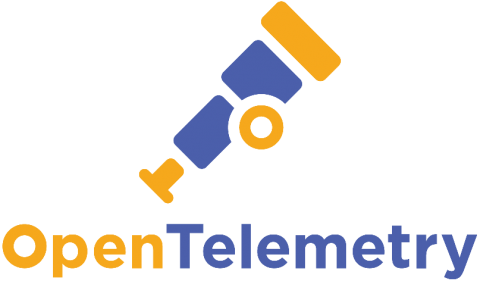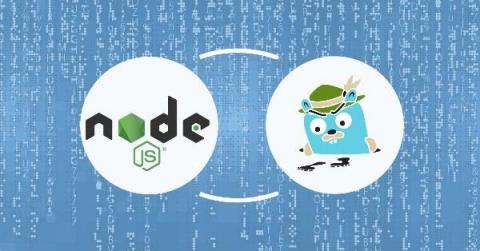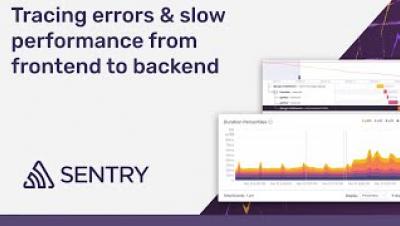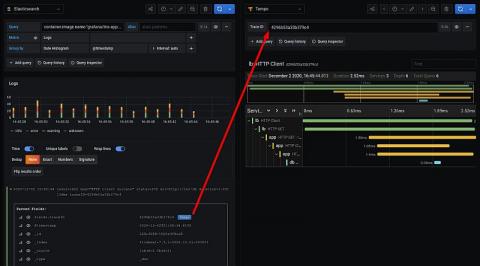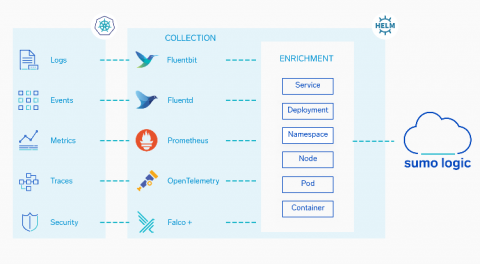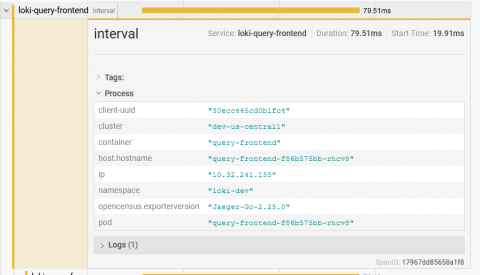Announcing Honeycomb support for event ingestion with OTLP
Today, AWS announced enhancements for AWS Distro for OpenTelemetry. We’re working with AWS to build in additional support from partners. In tandem with that launch, Honeycomb is announcing support for event ingestion using OpenTelemetry Protocol (OTLP). With that change, you can simplify management overhead and configuration by no longer needing to maintain a separate OpenTelemetry exporter.


